Science & Technology / History of Science & Technology
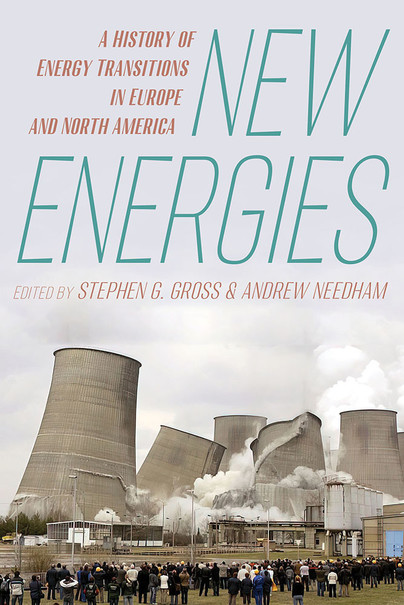
Format: Hardback
Pages: 348
ISBN: 9780822947769
Pub Date: 06 Feb 2024
Description:
Over the past 250 years, energy transitions have occurred repeatedly—the rise of coal in the nineteenth century, the explosion of oil in the twentieth century, the nuclear utopianism of the 1950s and 1960s. These transitions have been as revolutionary as any political or economic upheaval, and they required changes in infrastructure and behaviour. Yet new energies never wholly replace old ones.
This volume historicizes energy production and consumption while demonstrating how energy use has reshaped everything from social life and economic organization to political governance. It foregrounds the importance of energy for big historical questions about capitalism, democracy, inequality, the environment, and identity, and it argues that energy systems themselves merit attention as key agents of historical change. Given the urgency of climate change, and the central position that energy plays in causing and potentially solving global warming, this volume engages history as a discipline in the debate over what may be most monumental energy transition of all time: the shift away from fossil fuels.PRAISE"A meticulously researched and presented collection that sets the agenda for future energy transitions research." ~H-Net Reviews"A remarkable and welcome contribution to scholarly work available on energy transitions. It tells hidden histories and counternarratives around climate change, the history of environmentalism, nuclear energy, and nuclear risk. It illustrates the fraught, complex, contested, and nonlinear nature of energy transitions and how it can inform the current transition. A must-read for any energy historian." ~Jeffrey Jacquet, Ohio State University

Format: Hardback
Pages: 610
ISBN: 9780822946823
Pub Date: 31 Jan 2024
Description:
The eleventh volume of The Correspondence of John Tyndall covers the period from January 1869 to the end of February 1871 and contains 427 letters with more than 130 individual correspondents, as well as letters to several newspapers. These years find Tyndall an internationally established scientist with broad influence and feeling increasingly confident in that role. They were highly productive research years, and Tyndall had a wide scope of interests, publishing in scientific journals, popular magazines, and newspapers on a variety of topics, including diamagnetism, germ theory, comets, and atmospheric phenomena.
The results of this research were presented in numerous papers and lectures in various venues and complemented by his regular public lecture series and annual Christmas lectures at the Royal Institution.
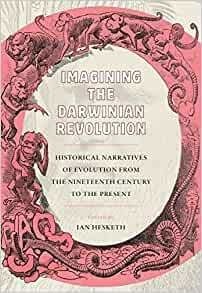
Format: Hardback
Pages: 352
ISBN: 9780822947080
Pub Date: 28 Sep 2022
Description:
Imagining the Darwinian Revolution considers the relationship between the development of evolution and its historical representations by focusing on the so-called Darwinian Revolution. The very idea of the Darwinian Revolution is a historical construct devised to help explain the changing scientific and cultural landscape that was ushered in by Charles Darwin’s singular contribution to natural science. And yet, since at least the 1980s, science historians have moved away from traditional “great man” narratives to focus on the collective role that previously neglected figures have played in formative debates of evolutionary theory.
Darwin, they argue, was not the driving force behind the popularization of evolution in the nineteenth century. This volume moves the conversation forward by bringing Darwin back into the frame, recognizing that while he was not the only important evolutionist, his name and image came to signify evolution itself, both in the popular imagination as well as in the work and writings of other evolutionists. Together, contributors explore how the history of evolution has been interpreted, deployed, and exploited to fashion the science behind our changing understandings of evolution from the nineteenth century to the present.
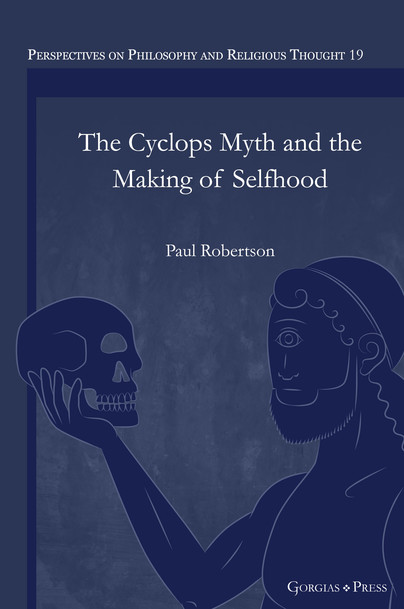
Format: Hardback
Pages: 285
ISBN: 9781463243487
Pub Date: 06 Jan 2022
Description:
This book explores the myth of the Cyclops across western history, and how its changing form from ancient Greece until the modern day reveals fundamental changes in each era’s elite understandings and depictions of cultural values. From Homer’s Odyssey to Hellenistic poetry, from Roman epic to early medieval manuscript glosses, and from early modern opera to current pop culture, the myth of the Cyclops persists in changing forms. This myth’s distinct forms in each historical era reflect and distil wider changes occurring in the spheres of politics, philosophy, aesthetics, and social values, and as a story that persists continually across three millennia it provides a unique lens for cross-historical comparison across western thought.
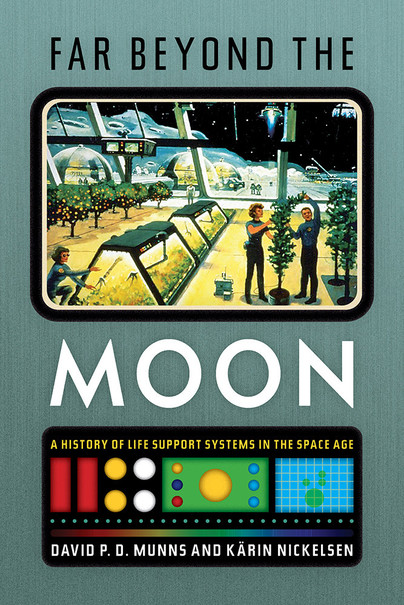
Format: Hardback
Pages: 216
ISBN: 9780822946540
Pub Date: 31 Dec 2021
Illustrations: 40 b&w
Description:
From the beginning of the space age, scientists and engineers have worked on systems to help humans survive for the astounding 28,500 days (78 years) needed to reach another planet. They've imagined and tried to create a little piece of Earth in a bubble travelling through space, inside of which people could live for decades, centuries, or even millennia. Far Beyond the Moon tells the dramatic story of engineering efforts by astronauts and scientists to create artificial habitats for humans in orbiting space stations, as well as on journeys to Mars and beyond.
Along the way, David P. D. Munns and Kärin Nickelsen explore the often unglamorous but very real problem posed by long-term life support: How can we recycle biological wastes to create air, water, and even food in meticulously controlled artificial environments? Together, they draw attention to the unsung participants of the space program - the sanitary engineers, nutritionists, plant physiologists, bacteriologists, and algologists who created and tested artificial environments for space based on chemical technologies of life support - as well as the bioregenerative algae systems developed to reuse waste, water, and nutrients, so that we might cope with a space journey of not just a few days, but months, or more likely, years.

Format: Hardback
Pages: 448
ISBN: 9780822945772
Pub Date: 05 Jun 2021
Series: The Correspondence of John Tyndall
Description:
The 318 letters in this volume reveal a great deal about Tyndall’s personality, the development of his career, and his role in attempting to better establish science as a respectable and professional enterprise. However, Tyndall was not above controversy, and on more than one occasion he entered public disputes either in defense of his own or a colleagues’ priority claims over scientific discoveries. Perhaps the most dramatic letters - if not those detailing the accounts of his cousin Hector Tyndale’s courageous exploits in the American Civil War - are those relating to Tyndall’s mountaineering adventures.
He climbed in pursuit of science, and often with only a guide, making an attempt on the Matterhorn just days after Edward Whymper had failed in the effort. Toward the end of this volume, Tyndall, Thomas Henry Huxley, and others acquired the Reader. Although short-lived, the journal intended to promote and publish the works, society meetings, and correspondence of scientific men, and demonstrates Tyndall’s commitment to the popularization of science and to facilitating communication within the international scientific community.
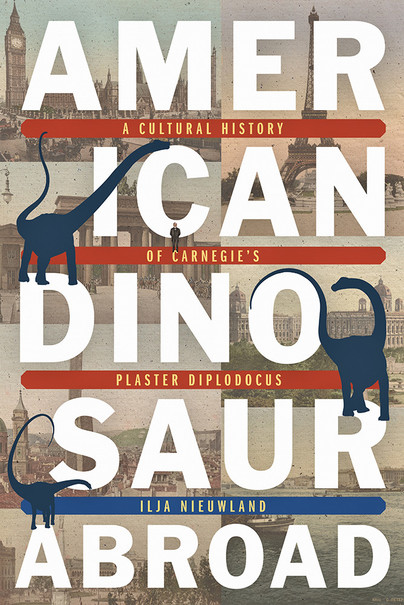
Format: Paperback
Pages: 336
ISBN: 9780822966524
Pub Date: 28 Mar 2021
Illustrations: 56 b&w
Description:
In early July 1899, an excavation team of paleontologists sponsored by Andrew Carnegie discovered the fossil remains in Wyoming of what was then the longest and largest dinosaur on record. Named after its benefactor, the Diplodocus carnegii—or Dippy, as it’s known today—was shipped to Pittsburgh and later mounted and unveiled at the Carnegie Museum of Natural History in 1907. Carnegie’s pursuit of dinosaurs in the American West and the ensuing dinomania of the late nineteenth century coincided with his broader political ambitions to establish a lasting world peace and avoid further international conflict.
An ardent philanthropist and patriot, Carnegie gifted his first plaster cast of Dippy to the British Museum at the behest of King Edward VII in 1902, an impulsive diplomatic gesture that would result in the donation of at least seven reproductions to museums across Europe and Latin America over the next decade, in England, Germany, France, Austria, Italy, Russia, Argentina, and Spain. In this largely untold history, Ilja Nieuwland explores the influence of Andrew Carnegie’s prized skeleton on European culture through the dissemination, reception, and agency of his plaster casts, revealing much about the social, political, cultural, and scientific context of the early twentieth century.
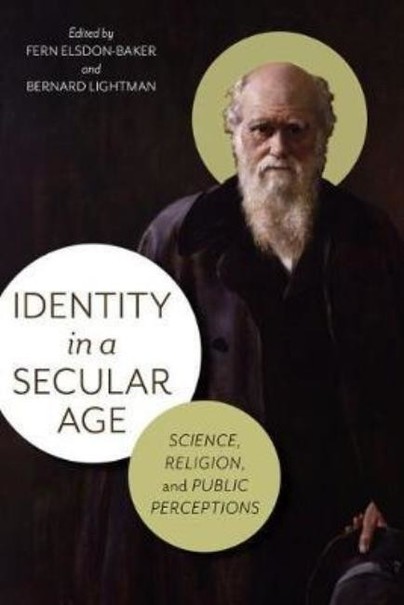
Format: Hardback
Pages: 312
ISBN: 9780822946281
Pub Date: 28 Mar 2021
Series: Science, Values, and the Public
Illustrations: 21 b&w
Description:
Although historians have suggested for some time that we move away from the assumption of a necessary clash between science and religion, the conflict narrative persists in contemporary discourse. But why? And how do we really know what people actually think about evolutionary science, let alone the many and varied ways in which it might relate to individual belief?
In this multidisciplinary volume, experts in history and philosophy of science, oral history, sociology of religion, social psychology, and science communication and public engagement look beyond two warring systems of thought. They consider a far more complex, multifaceted, and distinctly more interesting picture of how differing groups along a spectrum of worldviews - including atheistic, agnostic, and faith groups - relate to and form the ongoing narrative of a necessary clash between evolution and faith. By ascribing agency to the public, from the nineteenth century to the present and across Canada and the United Kingdom, this volume offers a much more nuanced analysis of people’s perceptions about the relationship between evolutionary science, religion, and personal belief, one that better elucidates the complexities not only of that relationship but of actual lived experience.
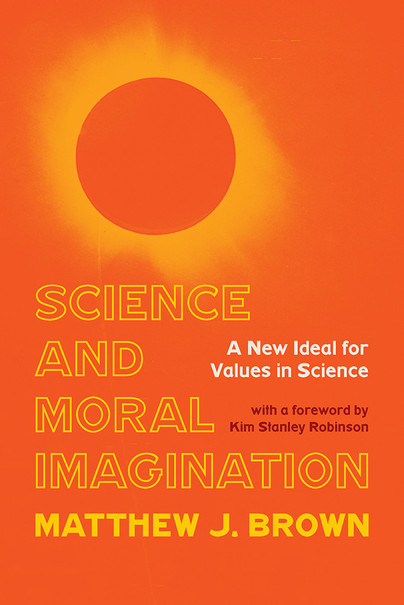
Format: Hardback
Pages: 288
ISBN: 9780822946267
Pub Date: 05 Jan 2021
Series: Science, Values, and the Public
Illustrations: 6 b&w
Description:
The idea that science is or should be value-free, and that values are or should be formed independently of science, has been under fire by philosophers of science for decades. Science and Moral Imagination directly challenges the idea that science and values cannot and should not influence each other. Matthew J.
Brown argues that science and values mutually influence and implicate one another, that the influence of values on science is pervasive and must be responsibly managed, and that science can and should have an influence on our values. This interplay, he explains, must be guided by accounts of scientific inquiry and value judgment that are sensitive to the complexities of their interactions. Brown presents scientific inquiry and value judgment as types of problem-solving practices and provides a new framework for thinking about how we might ethically evaluate episodes and decisions in science, while offering guidance for scientific practitioners and institutions about how they can incorporate value judgments into their work. His framework, dubbed “the ideal of moral imagination,” emphasizes the role of imagination in value judgment and the positive role that value judgment plays in science.
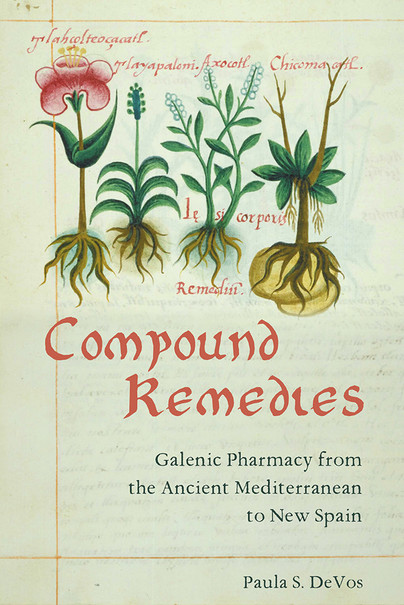
Format: Hardback
Pages: 404
ISBN: 9780822946496
Pub Date: 22 Dec 2020
Illustrations: 40 b&w
Description:
Compound Remedies examines the equipment, books, and remedies of colonial Mexico City’s Herrera pharmacy - natural substances with known healing powers that formed the basis for modern-day healing traditions and home remedies in Mexico. Paula De Vos traces the evolution of the Galenic pharmaceutical tradition from its foundations in Ancient Greece to the physician-philosophers of the Islamic empires in the medieval Latin West and eventually through the Spanish Empire to Mexico, offering a global history of the transmission of these materials, knowledges, and techniques. Her detailed inventory of the Herrera pharmacy reveals the many layers of this tradition and how it developed over centuries, providing new perspectives and insight into the development of Western science and medicine: its varied origins, its engagement with and inclusion of multiple knowledge traditions, the ways in which these traditions moved and circulated in relation to imperialism, and its long-term continuities and dramatic transformations.
De Vos ultimately reveals the great significance of pharmacy, and of artisanal pursuits more generally, as a cornerstone of ancient, medieval, and early modern epistemologies and philosophies of nature.
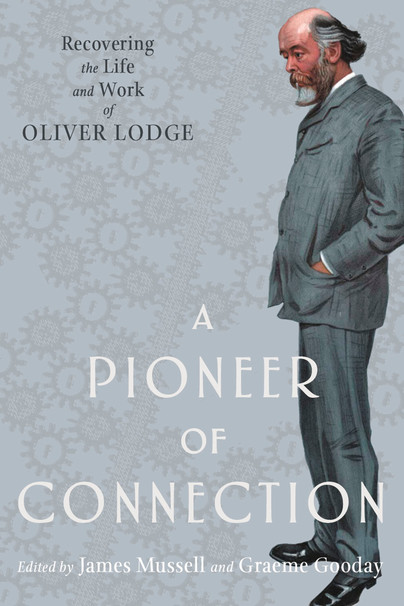
Format: Hardback
Pages: 336
ISBN: 9780822945956
Pub Date: 30 Sep 2020
Illustrations: 9 b&w
Description:
Sir Oliver Lodge was a polymathic scientific figure who linked the Victorian Age with the Second World War, a reassuring figure of continuity across his long life and career. A physicist and spiritualist, inventor and educator, author and authority, he was one of the most famous public figures of British science in the late nineteenth and early twentieth centuries. A pioneer in the invention of wireless communication and later of radio broadcasting, he was foundational for twentieth-century media technology and a tireless communicator who wrote upon and debated many of the pressing interests of the day in the sciences and far beyond.
Yet since his death, Lodge has been marginalized. By uncovering the many aspects of his life and career, and the changing dynamics of scientific authority in an era of specialization, contributors to this volume reveal how figures like Lodge fell out of view as technical experts came to dominate the public understanding of science in the second half of the twentieth century. They account for why he was so greatly cherished by many of his contemporaries, examine the reasons for his eclipse, and consider what Lodge, a century on, might teach us about taking a more integrated approach to key scientific controversies of the day.
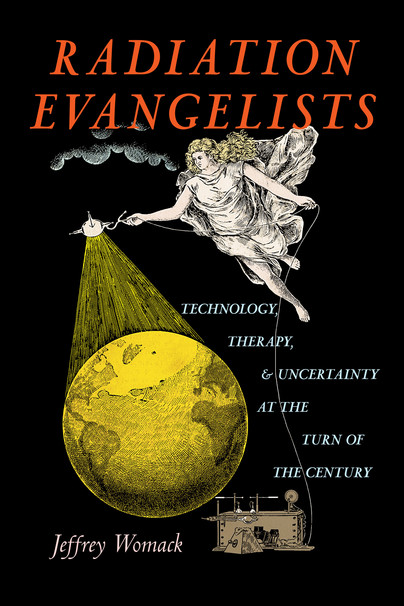
Format: Hardback
Pages: 228
ISBN: 9780822946090
Pub Date: 30 Sep 2020
Illustrations: 43 b&w
Description:
Radiation Evangelists explores x-ray and radium therapy in the United States and Great Britain during a crucial period of its development, from 1896 to 1925. It focuses on the pioneering work of early advocates in the field, the “radiation evangelists” who, motivated by their faith in a new technology, trust in new energy sources, and hope for future breakthroughs, turned a blind eye to the dangers of radiation exposure. Although ionizing radiation effectively treated diseases like skin infections and cancers, radiation therapists - who did not need a medical education to develop or administer procedures or sell tonics containing radium - operated in a space of uncertainty about exactly how radiation worked or would affect human bodies.
And yet radium, once a specialized medical treatment, would eventually become a consumer health product associated with the antibacterial properties of sunlight.
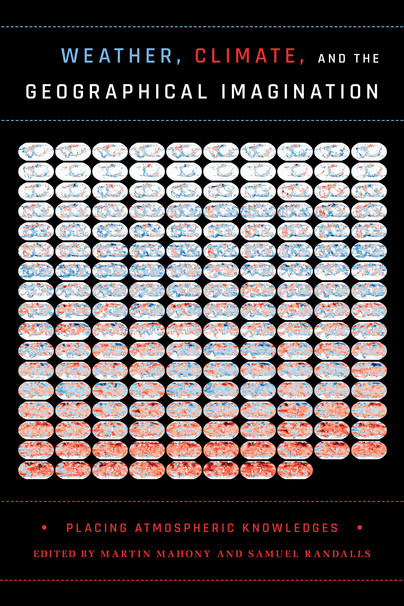
Format: Hardback
Pages: 360
ISBN: 9780822946168
Pub Date: 30 Sep 2020
Illustrations: 22 b&w
Description:
As global temperatures rise under the forcing hand of humanity’s greenhouse gas emissions, new questions are being asked of how societies make sense of their weather, of the cultural values, which are afforded to climate, and of how environmental futures are imagined, feared, predicted, and remade. Weather, Climate, and Geographical Imagination contributes to this conversation by bringing together a range of voices from history of science, historical geography, and environmental history, each speaking to a set of questions about the role of space and place in the production, circulation, reception, and application of knowledges about weather and climate. The volume develops the concept of “geographical imagination” to address the intersecting forces of scientific knowledge, cultural politics, bodily experience, and spatial imaginaries, which shape the history of knowledges about climate.
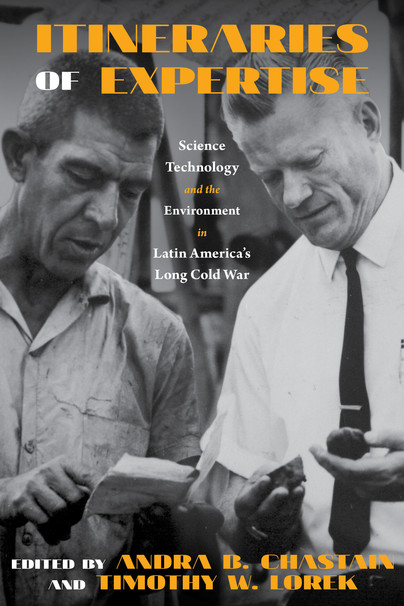
Format: Paperback
Pages: 366
ISBN: 9780822945963
Pub Date: 17 Mar 2020
Illustrations: 22 b&w
Description:
Itineraries of Expertise contends that experts and expertise played fundamental roles in the Latin American Cold War. While traditional Cold War histories of the region have examined diplomatic, intelligence, and military operations and more recent studies have probed the cultural dimensions of the conflict, the experts who constitute the focus of this volume escaped these categories. Although they often portrayed themselves as removed from politics, their work contributed to the key geopolitical agendas of the day.
The paths traveled by the experts in this volume not only traversed Latin America and connected Latin America to the Global North, they also stretch traditional chronologies of the Latin American Cold War to show how local experts in the early twentieth century laid the foundation for post–World War II development projects, and how Cold War knowledge of science, technology, and the environment continues to impact our world today. These essays unite environmental history and the history of science and technology to argue for the importance of expertise in the Latin American Cold War.
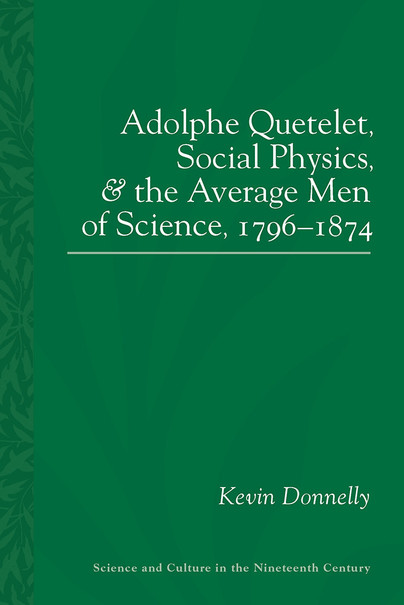
Format: Paperback
Pages: 232
ISBN: 9780822966081
Pub Date: 25 Jun 2019
Description:
Adolphe Quetelet was an influential astronomer and statistician whose controversial work inspired heated debate in European and American intellectual circles. In creating a science designed to explain the “average man,” he helped contribute to the idea of normal, most enduringly in his creation of the Quetelet Index, which came to be known as the Body Mass Index. Kevin Donnelly presents the first scholarly biography of Quetelet, exploring his contribution to quantitative reasoning, his place in nineteenth-century intellectual history, and his profound influence on the modern idea of average.
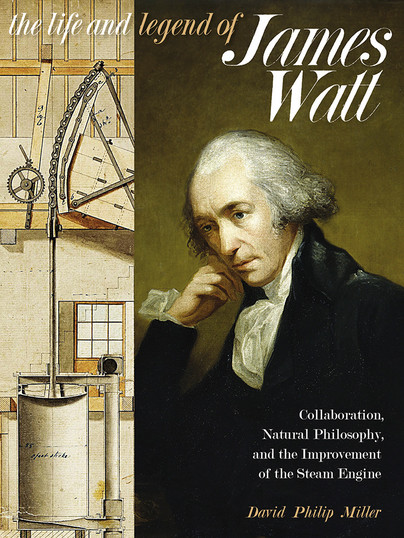
Format: Paperback
Pages: 536
ISBN: 9780822966111
Pub Date: 25 Jun 2019
Description:
The Life and Legend of James Wattoffers a deeper understanding of the work and character of the great eighteenth-century engineer. Stripping away layers of legend built over generations, David Philip Miller finds behind the heroic engineer a conflicted man often diffident about his achievements but also ruthless in protecting his inventions and ideas, and determined in pursuit of money and fame. A skilled and creative engineer, Watt was also a compulsive experimentalist drawn to natural philosophical inquiry, and a chemistry of heat underlay much of his work, including his steam engineering.
But Watt pursued the business of natural philosophy in a way characteristic of his roots in the Scottish “improving” tradition that was in tension with Enlightenment sensibilities. As Miller demonstrates, Watt’s accomplishments relied heavily on collaborations, not always acknowledged, with business partners, employees, philosophical friends, and, not least, his wives, children, and wider family. The legend created in his later years and “afterlife” claimed too much of nineteenth-century technology for Watt, but that legend was, and remains, a powerful cultural force.
















